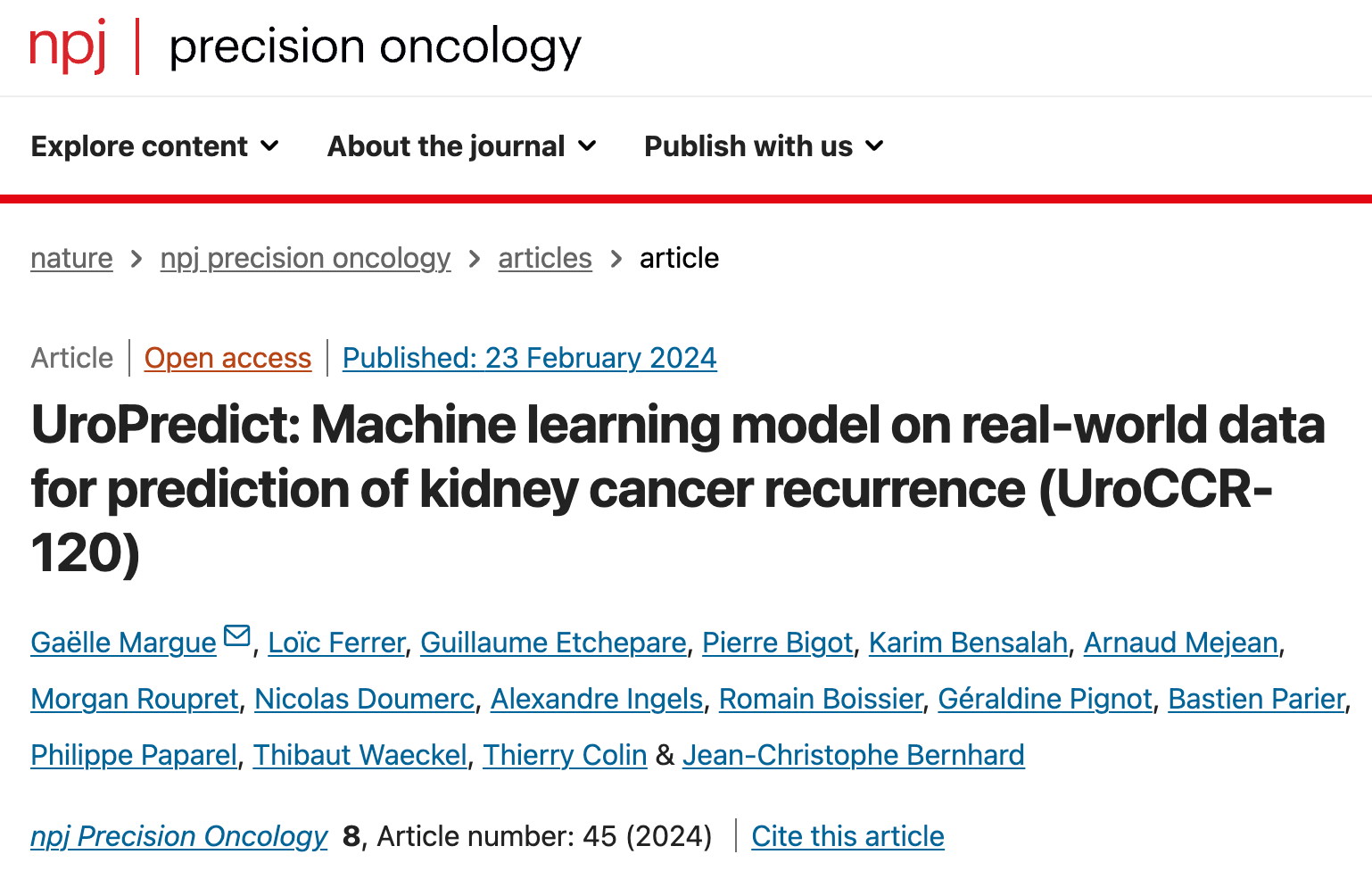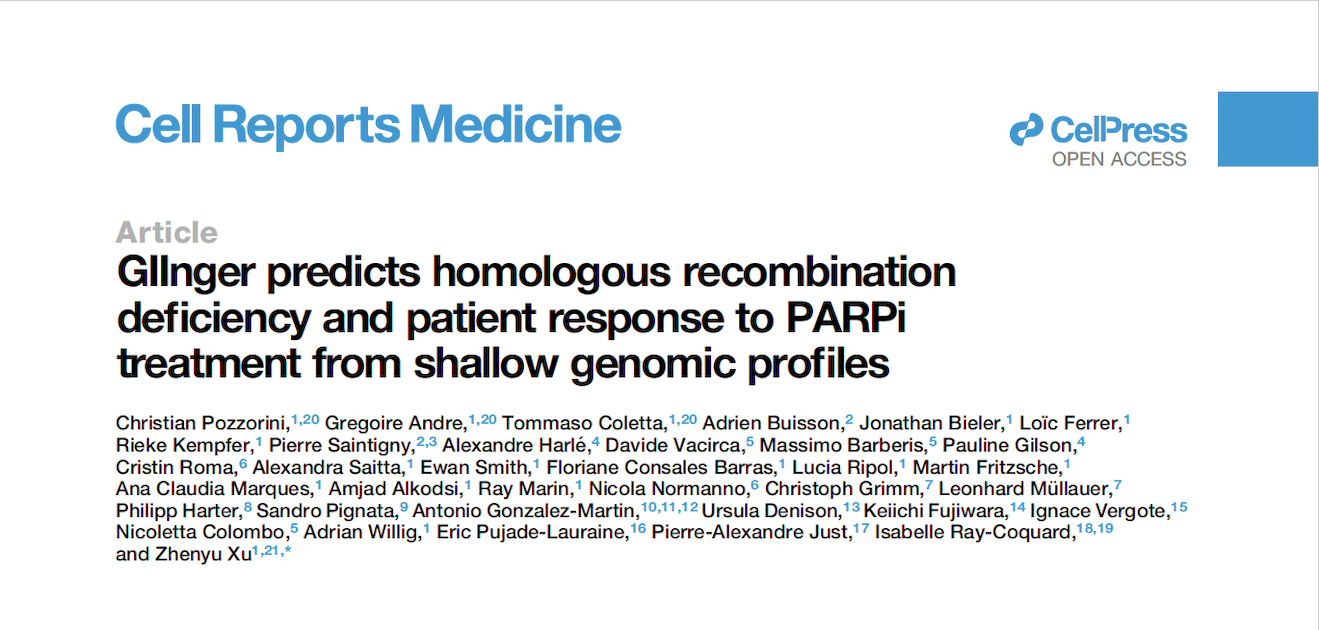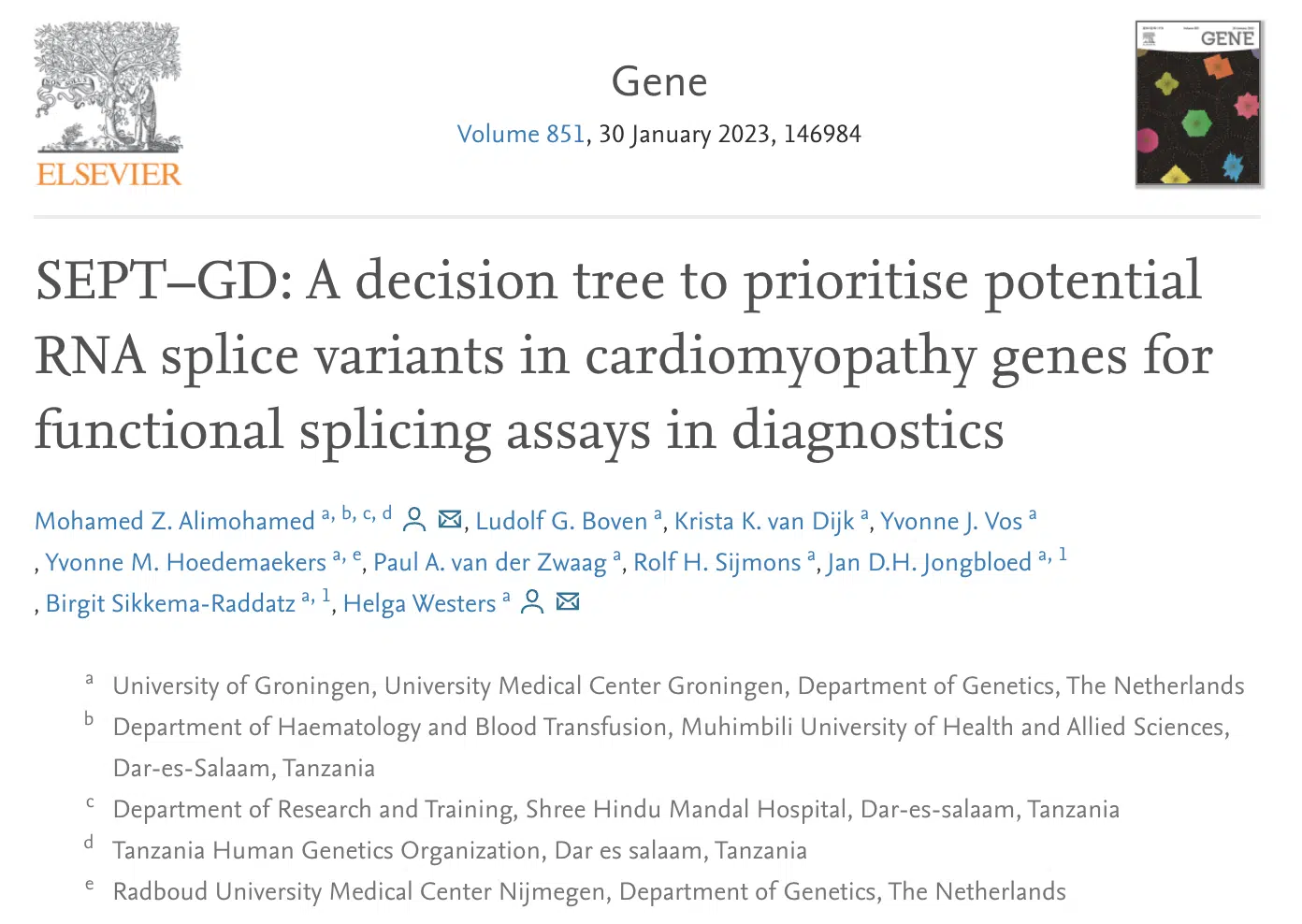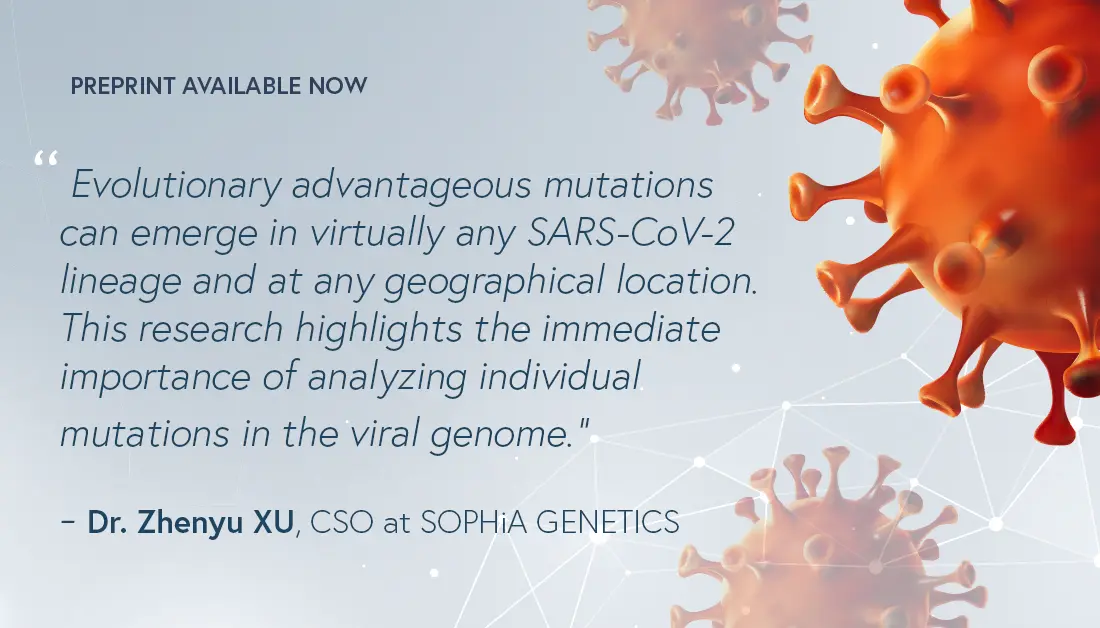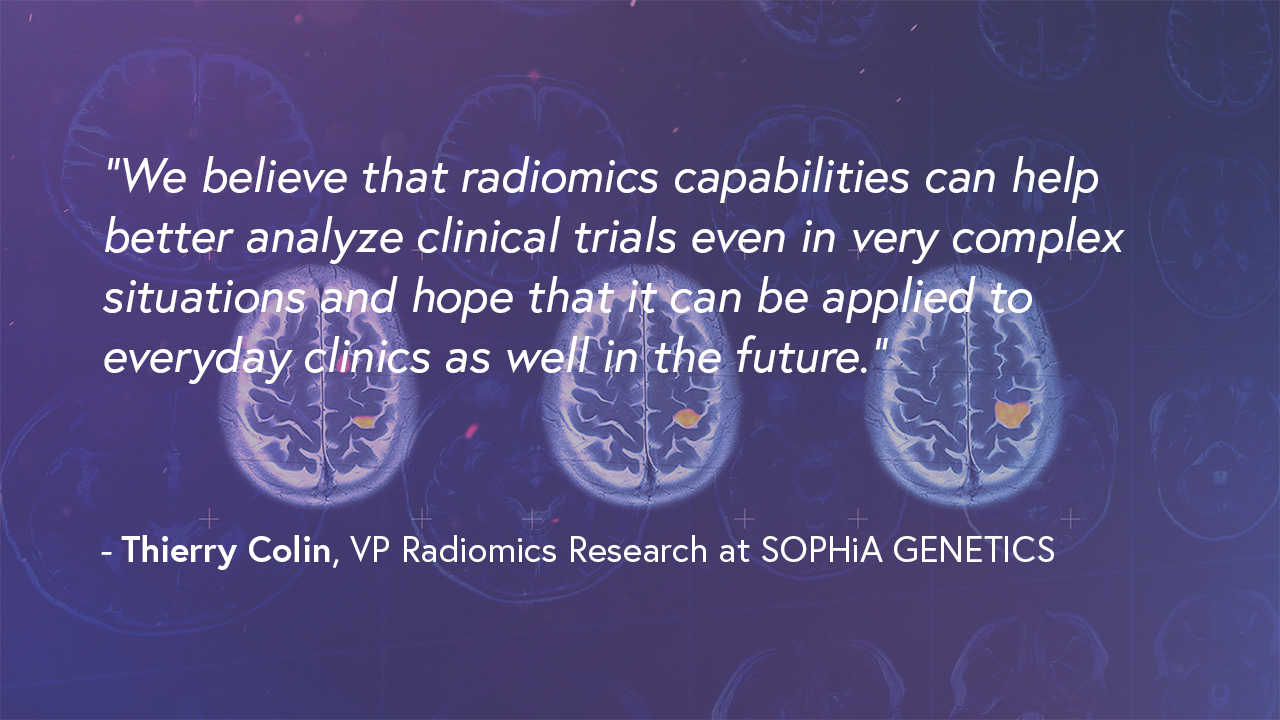Discover how we collaborated with the UroCCR network to develop a machine learning model that outperformed the predictive performance of most usual kidney cancer risk scores.
Article Spotlight: Machine learning-powered prediction of kidney cancer recurrence
read more
